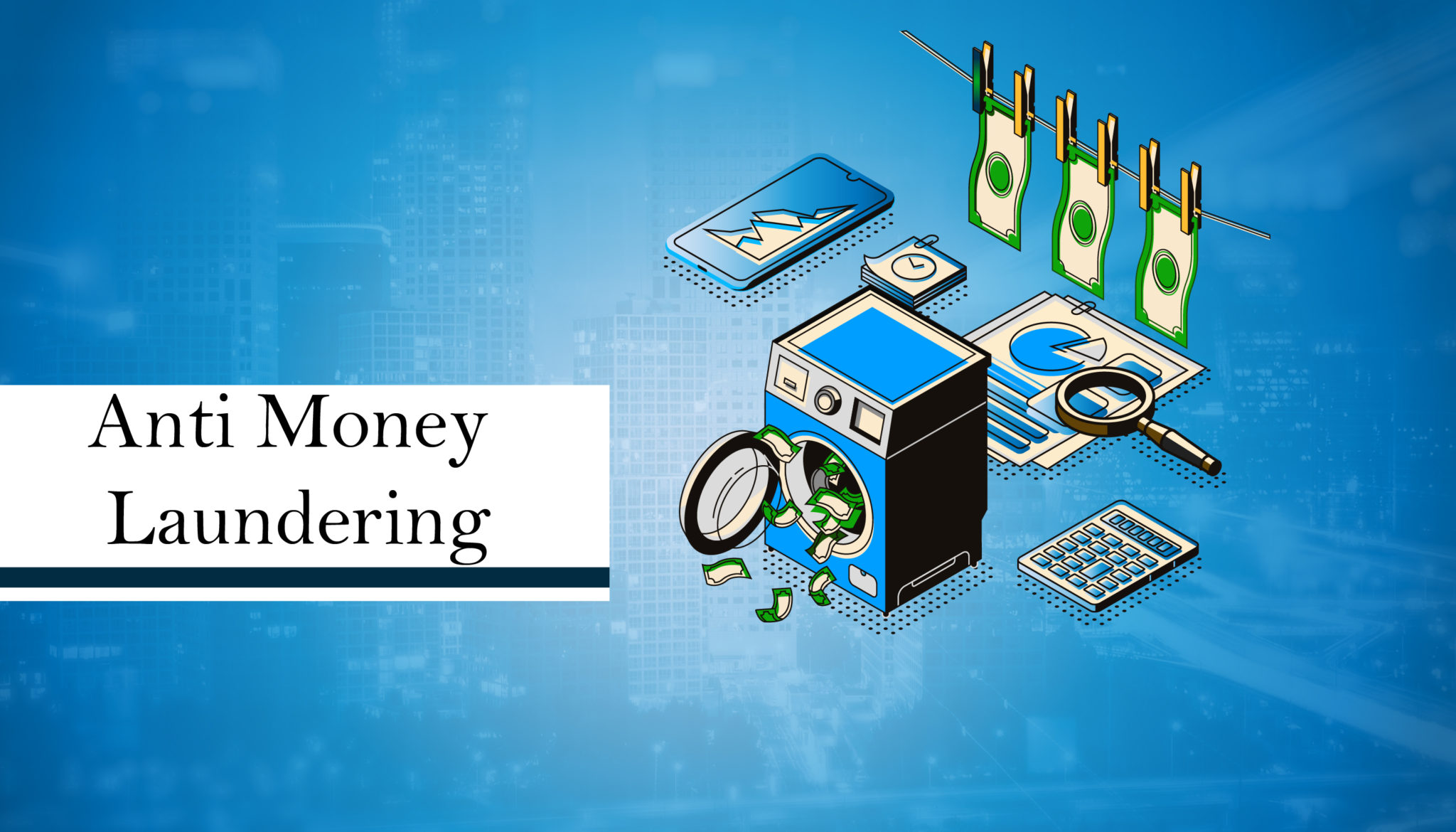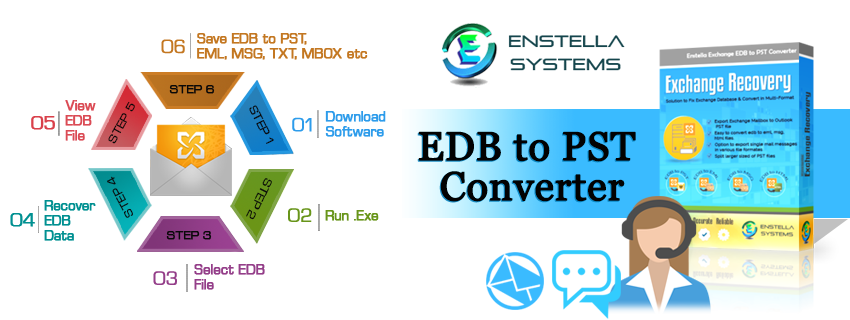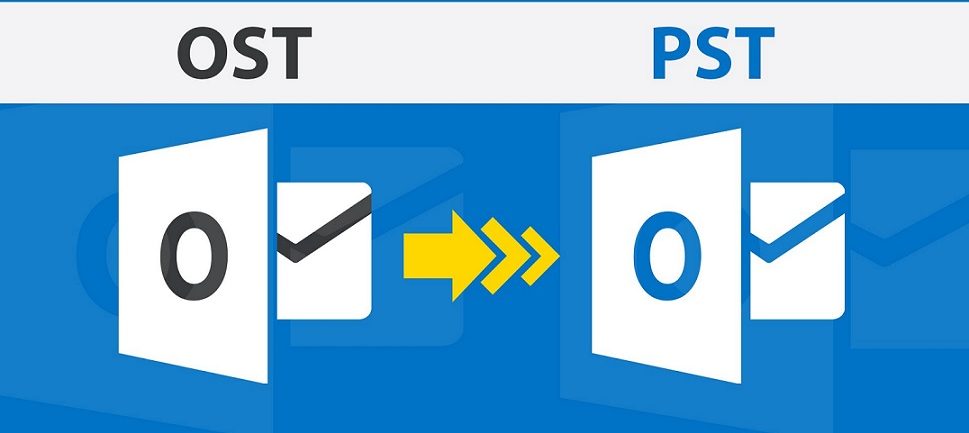It happens to the best of us. Foreclosures, collection accounts and high credit card bills can all lead to a bad credit. Once you reach this state, it may be difficult to get approved for a new loan, mortgage or the best credit card in India. It’s still possible but you’ll likely get a higher interest rate.
Fortunately there are 5 ways on how to get yourself out of a bad credit:
1. Check Your Credit Report
It’s possible to get a higher credit score than what you’re dealt with when you take a snapshot of what your report is like. If possible, get all credit reports from the three major credit bureaus- Equifax, Experian and TransUnion. You can avail of your free once-a-year credit report from reputable and FTC-approved sites.
Scores can range from 300 to 850, with 300 being the lowest and 850 being the best. ‘Good’ credit ranges anywhere between 700 to 740, and when you’re on this status you usually get the best mortgage and credit card rates. Once you obtain a copy, check the identity section, e.g., the SSN, address and full name and see if there’s anything that needs to be corrected. If there is, start compiling the necessary paperwork for a dispute.
2. Improve Your Payment History
Next, it’s time to take charge of your finances. If you are thinking to get an MSME loan, so read here some of the best MSME loan tips. Take stock of any outstanding balances you have, e.g., credit card bills, student loans and similar ones and make an effort to pay at least the minimum balance.
Payment history can make a huge impact in your overall credit score, and past dues can hurt it more than you’d think. Prioritize past due accounts and delinquent ones, and make payment arrangements if you won’t be able to make it on time.
3. Know Your Credit Utilization Ratio
Do you wonder why you have bad credit even when you pay all your bills and balances on time? It could be due to credit utilization ratio. Credit utilization ratio can be determined by adding up all your revolving account balances and all the available credit. Divide the first from the second and multiply by a hundred and that will be your ratio.
Finance experts recommend not exceeding 30 percent as it could mean a higher credit risk. This also means that you’re relying on credit too much and this will come back to hurt your overall score.
4. Improve Your Credit Score
To get out of bad credit you’ll need to improve your credit score. This can be accomplished in a number of ways, including the following. Once you have a copy of your credit report you should immediately check for incorrect information, such as late payments that aren’t late, accounts that are not yours and last physical address, among others.
The easiest way to get some much-needed points is to pay down accounts that are over the limit and focus on past due accounts, such as ones in collections, have been charged off or are late. It’s always a good idea to tackle collection accounts instead of pretending they don’t exist. Contact the agency and make arrangements so you can pay it off. Then your credit will slowly climb back up as long as you take care of it moving forward.
5. Get a Bad Credit Loan
Having a bad credit isn’t the end of the world. If you find yourself in this situation, consider getting a loan for people with bad credit so you can restore your credit and start anew. A bad credit loan is a loan that’s available even to those who have a low credit score. In this case, the loaned amount can be used to consolidate debt, pay down balances and similar options.
Make a list of your credit card debt and add information such as the balance, interest rate, minimum monthly payment and creditor name. Compute how much you need to zero out the balances within a reasonable timeframe, that, and your monthly take home pay will determine the amount you need to loan.
Also, it’s wise to take out a loan from a reputable company. The best ones are available online, have all the information you need and have a clear process and details for the loan. They’ll have the credentials and reviews which make them a legitimate lender.









